- Home
- Sebastian Faulks
The Fatal Englishman
The Fatal Englishman Read online
British acclaim for Sebastian Faulks’s
THE FATAL ENGLISHMAN
“Unusual, fascinating and interlocking in the oddest ways.”
—Time Out London
“Superb …. A mystery story of rare narrative power…. Faulks brings to these portraits the exquisite detail which made … Birdsong so evocative. This is biography written with that revealing sense of the moment which marks good fiction.”
—Financial Times
“This is the most wildly exciting book that I’ve read for a long time, and on a great theme: how the failures of Britain in the twentieth century have seeped into the souls of its countrymen. It’s a classic.”
—David Hare, The Spectator
“Brilliantly described…. A perfectly constructed narrative.”
—Evening Standard
“Extremely well-written…. Faulks describes the three heroes manqués with sympathy and understanding…. He has produced three excellent mini-biographies.”
—Literary Review
“I have always thought that good biographers could write excellent novels. Now I have to admit that an excellent novelist has written a good biography. The Fatal Englishman is a subtle, original and exciting book.”
—Carole Angier, New Statesman & Society
Sebastian Faulks
THE FATAL ENGLISHMAN
Sebastian Faulks is the author of the novel On Green Dolphin Street and a trilogy of novels set in France: The Girl at the Lion d’Or, Birdsong, and Charlotte Gray, the latter two of which were bestsellers. After a period in France, he and his family now live in London.
ALSO BY SEBASTIAN FAULKS
A Fool’s Alphabet
The Girl at the Lion d’Or
Birdsong
Charlotte Gray
On Green Dolphin Street
With love to William and Holly
CONTENTS
List of Illustrations
Author’s Note
Christopher Wood
Richard Hillary
Jeremy Wolfenden
Acknowledgements and Sources
Postscript to Paperback Edition
LIST OF ILLUSTRATIONS
Tate Gallery Archive 723.111
Richard Hillary Trustees
The Warden and Fellows of All Souls College, Oxford
The Towner Art Gallery & Local History Museum, Eastbourne
Kettle’s Yard, University of Cambridge
Private collection
Kettle’s Yard, University of Cambridge
Private collection, London
Collection of Sir Brinsley Ford CBE FSA
Laing Art Gallery, Newcastle upon Tyne, England (Tyne & Wear Museums)
Private collection
Tate Gallery Archives, 723.111.5A
Tate Gallery Archive, 723.111
Richard Hillary Trustees
Richard Hillary Trustees
Trinity College, Oxford
John Miller
Colin Falck
Jeffrey Gray
Times Newspapers Limited, 1957
Hulton Deutsch Collection
AUTHOR’S NOTE
By chance I read a book about a young American who had been by so far the outstanding character of his generation – as scholar, athlete and personality of ambitious charm – that his graduation from Yale in 1957 was covered by Time magazine, while his contemporaries selected the jobs he would give them when, not if, he became President. Yet after a glorious start, his career stalled. The book (Remembering Denny by Calvin Trillin) was an investigation into what went wrong. The subject ended up committing suicide, and much of his problem seemed to stem from the fact that he could not accept his homosexual desires. Had he been born a few years later, the author implied, he would have encountered no such problems.
The book made me think that young or short lives are more sensitive indicators of the pressure of public attitudes than lives lived long and crowned with honours. The stories of young people who delight parents and friends with their talents have a concentrated significance in their beginnings, and in their premature ends there is a natural poignancy that brutally epitomises the disappointment that is also common but less evident in longer, duller lives.
Three such lives, each done at the length its span naturally required (a third of a life, a third of a book) – that might well seem full enough to take away the sense of ‘so what’ that would cling to a single short life. And then if perhaps the subjects actually had achieved something interesting and if they were to come from different parts of the century and so have lived against a different public background and thus illustrate the impact of changing attitudes and preoccupations over a long period …
This book was originally called The Artist, the Airman and the Spy. It is, after all, three separate biographies: the lives of three people who never met. It seemed fair that the title should not only recognise the subjects’ individuality but also emphasise the defining importance of work in each man’s life.
As I researched and wrote these three lives, various links between the three characters and various common themes emerged, none of which I had known about before I had started. This obviously encouraged the urge towards unity that finds its best expression in fiction, when the events can be shaped and patterned to echo the themes, while the characters can be made, within the limits of their realistic capacities, to behave in a way that adds a further level of harmony.
I tried to resist this urge. Having allowed it to dictate a new title, which stressed the characters’ similarities, I wanted to remain faithful to their differences. The lives of real people, unlike those of fictional characters, seem to exert a small but constant outward force away from order. So while I attempted, as gently and as truthfully as possible, to shape the events of their lives into some comprehensible pattern, I tried also to respect their individual energies, which seemed to push in the opposite direction, back towards singularity: the artist, the airman and the spy.
I have occasionally used the words ‘England’ or ‘English’ where some readers might have expected ‘Britain’ or ‘British’. This is not because I imagine they are interchangeable, but because I accept that there is a difference.
Christopher Wood
One day in the spring of 1921 a beautiful young Englishman set off for Paris to become the greatest painter the world had ever seen. His name was Christopher Wood and he was nineteen years old. Until he took the boat for Calais on 19 March he was working for a fruit importer in the City of London. He was the son of a doctor in the North West of England, and his sudden disappearance to France confirmed his family’s worst fears. Although Christopher wore shirts from the best outfitters in Jermyn Street, was well-mannered and polite to his parents, he seemed to have no understanding of middle-class convention. Some combination of circumstances had combined with a fierce streak in his character to make him wild and ambitious. He was determined to be a painter, and the intensity of his desire was frightening to his parents.
Dr Lucius Wood and his wife Clare had two children: Christopher, whom they knew as Kit, and Elizabeth, whom they called Betty. As a child, Kit had his hair cut in a bob and wore smocks. So did Betty. The family was relatively well off; the parents believed in God and the children believed in Father Christmas.
One December Kit wrote:
My dear father Xmas, I want a new good yacht and I want it to be all hollow inside and gun and a top And Betty a big doll and a gun And I want a very sparp chissel and a good screw driver and a good peaint box and mother wants a nice comfy bed With love from Kit and Betty Wood.
He always knew what he wanted, and in his childhood he almost always had it. His mother was devoted to him and he to her. He would gather c
rocuses for her birthday on 25 March and she repaid him with her doting indulgence. Clare Wood came from a Lancashire family called Arthur on her father’s side, and a seafaring Cornish family called Pellew on her mother’s; Kit liked to think that the sea, and boats, were in his blood. Dr Wood was a general practitioner. He was a less demonstrative person than his wife and took a detached view of his son’s early enthusiasms. He called him ‘Snodgrass’ after the would-be poet in Pickwick Papers. Next to Dickens, Dr Wood’s preferred reading was the Bible.
At the age of seven, Kit was sent to a preparatory school called Freshfield, where he excelled at games. In 1914 he went to Marlborough College in Wiltshire. This was one of the newer public schools, lacking the history or burnish of Eton and Winchester, but respectable in its way. The aim of such schools was to prepare their pupils for the service of the British Empire abroad, as soldiers, diplomats and administrators, or to ready them for work in the professions at home. Games were as important as work, though neither was as crucial to the school’s philosophy as the idea of ‘independence’: their claim was to turn a boy into a man, even if the evidence suggested he was still a child.
At the moment Kit Wood began his time at Marlborough in September 1914, the world changed. ‘The plunge of civilization into this abyss of blood and darkness,’ wrote Henry James, ‘is a thing that so gives away the whole long age during which we have supposed the world to be, with whatever abatement, gradually bettering, that to have to take it all now for what the treacherous years were all the while making for and meaning is too tragic for any words.’ It was as though the history of Europe had been torn up: Erasmus, Shakespeare, Michelangelo, Goethe, Mozart, Dante, Montaigne, Tolstoy, Rembrandt, Beethoven … their work had no cumulative value any more; it was smashed into fragments that Eliot would try to reassemble in The Waste Land. Almost ten million men died.
While Kit Wood struggled to settle in at school, his father went as a medical officer to the Western Front, where he stayed for the duration of the War. While he was away, Kit became seriously ill. The disease seems to have started as polio but then to have been complicated by the development of septicaemia or a similar infection. One of Wood’s adult friends thought it had all started with a football injury. In any event he was now forced to abandon the games field: he was unable to do his lessons in class but had to read and write in a lying position. In March 1916 he had to be withdrawn from Marlborough altogether. His mother nursed him at home, and in the long, painful hours of his illness he turned to painting. His love for her, already profound, was intensified by his physical dependence.
Dr Wood was absent from his son’s life, except in the occasional letter from the Front. The progress of the War was known to Christopher Wood only from odd glimpses of his mother’s newspaper during his convalescence: the ‘real’ world was kept at his mother’s arm’s length.
The illness ruined his education. He did not return to school until January 1918 when he arrived at Malvern College in Worcestershire. Like all such schools in England at this time, Malvern was in a state of grief bordering on paralysis. The school magazine that listed Wood’s arrival also recorded the award of nineteen DSO’s to old boys of the school and thirty-six MC’s. There was no artwork in it; there was almost no room for anything but the names of the dead: a total of 457 Malvernians were killed in the War. Teachers of school sixth forms were finding it difficult to keep their nerve when the names of boys they had so carefully nurtured towards manhood and university appeared a few weeks later in the dead and missing columns of The Times.
After four years on the Western Front Dr Wood returned to find that his little son had become a handsome, crippled young man. His boyish beauty had remained; he had a short straight nose, a strong jaw and hair of the colour known as fair, though by no means blond, brushed back from the temples where it showed the first signs of receding. He had a clipped, rapid way of speaking, indicative of a nervous intensity that had developed in him since 1914. He limped when he walked, though he used his cane as much for conversational emphasis as for physical support.
Dr Wood had taken a job on the Earl of Derby’s estate at Knowsley near Liverpool. The family lived in a spacious house in Huyton, which was then an affluent suburb. He told Kit that he too should train to become a doctor, but among the changes wrought in Kit by what he came to call ‘the War years’ was a powerful indignation at anything he viewed as meddling in his affairs. Dr Wood’s suggestion was briskly rejected by his son, who told him he had had enough of blood and illness: he had decided to go to Liverpool University where he would study architecture. This had the air of a compromise worked out with his mother: the subject was artistic yet respectable, the university was near home. It was as close to being a painter in an attic as he could yet realistically manage.
Wood viewed it as no more than a means to an end. One of his architectural drawings from the university survives: it is a solid piece of work, correct and craftsmanlike, but on the back of it is a highly-coloured painting of a young woman. His mind was not on elevations but on other plans.
After a year he left university and took a job in London working for an importer of dried fruit called Thornley and Felix. He lived in rooms in Bayswater and his homeward route in the evening took him past the Café Royal, where Augustus John habitually held court. Friends of Wood later claimed that he one day approached the throne with some drawings and that John was so impressed that he arranged for Wood to go to Paris and lodge with his friend Alphonse Kahn, a well-known collector and connoisseur, while he studied painting. It is possible that Wood had met John when he went to lecture to the Sandon Club at Liverpool University and was thus able to reintroduce himself, but it is more likely that the Paris connection was made by a Wood family friend called Robert Tritton, who dealt in Oriental antiques.
Alphonse Kahn had taken up attractive young men before, though there is no evidence that he required them to become his lovers in return. Kahn was an extreme example of a 1920s Parisian type whose money came from international finance but whose interests were in art and patronage. He lived in an astonishing house in the sixteenth arrondissement and he invited Christopher Wood to abandon his little rooms in Bayswater and to come and stay with him while he looked for a studio and more permanent lodging.
So it was that the untrained, uncertainly talented Christopher Wood took the train to Dover and crossed to Paris, where few English artists of his generation had previously ventured. The day before he left, as though in symbolic farewell to the life he was leaving, he played a round of golf with Robert Tritton at Woodhall Spa, a seaside course in Lincolnshire.
Christopher Wood was a child of the Edwardian era, born at the last gasp of imperial pomp into a country depicted by later writers, such as Philip Larkin in his poem ‘MCMXIV’, as crisscrossed with narrow roads and deep hedgerows, with village names from Domesday all grown-over with loving neglect, and patient football crowds with trusting, upturned faces, unresentful of their prosperous betters with their long weekends, grouse-shooting and towering blancmanges.
The England of Wood’s childhood was in fact a fearful place, engaged in a battle on all fronts to keep the modern world at bay. Wood’s desire to be a painter and his departure to lodge in Paris with an unmarried ‘connoisseur’ were deeply alarming to his father. Attempts to interest English people in new developments in painting, writing or psychology had all failed: the country not only had little appetite for knowledge of human behaviour, it had no real interest at all in the life of the mind.
Far from being imperially complacent, Britain was worried about its place in the world. After the Boer War, alarmist literature circulated about the poor physical quality of the British young: congested city conditions had produced a generation of stunted, weak, voluble children who lacked in physical or moral stamina. In the port of Liverpool, Christopher Wood’s father saw just such conditions, and came to the same conclusion as the demagogues who suggested that Britain’s best way forward was in increased – or
as they put it ‘splendid’ – isolation from Europe and its modern ways.
By denying legitimacy or even publication to many of the ideas current in Europe, the conservative forces of Edwardian England managed to confuse the cranky with the serious by driving both underground. While socialism was emerging as a credible political force, anarchism occupied almost as much public attention. Many people who might have seen feminism as the most important means of social advance were distracted into anti-vivisectionism, vegetarianism or the investigation of the occult. While the country retained some adamantine self-belief, and an instinctive patriotism which found its most poignant expression in the raising of the Pals’ battalions in 1915, it was morbidly sensitive to the currents of new thought that were abroad.
And abroad, in the opinion of the middle classes from which Christopher Wood came, was where they should stay. Channels to the continent were few and subversive. Walter Sickert had lived in Dieppe and studied the French Impressionists; Wyndham Lewis had been to France, as had David Bomberg and Jacob Epstein. Ben Nicholson went to Paris in the early 1920s and made some flirtation with abstract painting before retreating into figurative work for the next six years.

 Devil May Care
Devil May Care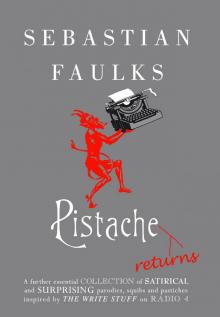 Pistache Returns
Pistache Returns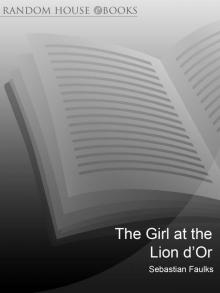 The Girl at the Lion D'Or
The Girl at the Lion D'Or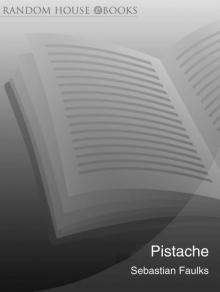 Pistache
Pistache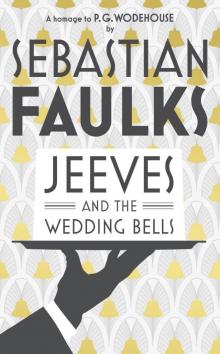 Jeeves and the Wedding Bells
Jeeves and the Wedding Bells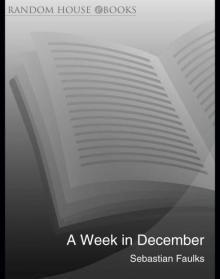 A Week in December
A Week in December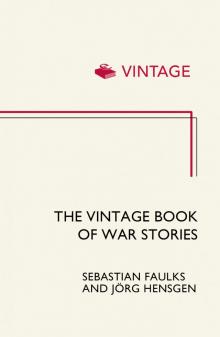 The Vintage Book of War Stories
The Vintage Book of War Stories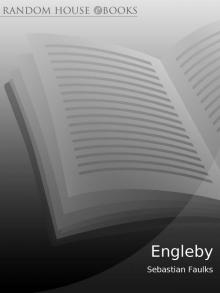 Engleby
Engleby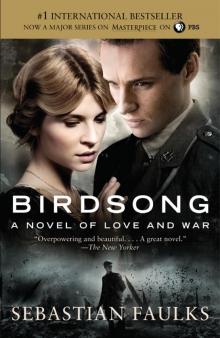 Birdsong
Birdsong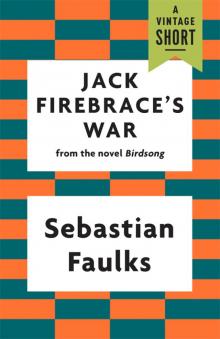 Jack Firebrace's War
Jack Firebrace's War Where My Heart Used to Beat
Where My Heart Used to Beat A Possible Life
A Possible Life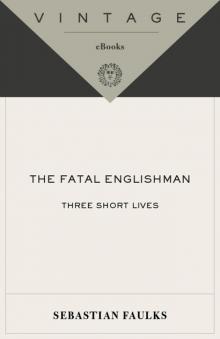 The Fatal Englishman: Three Short Lives
The Fatal Englishman: Three Short Lives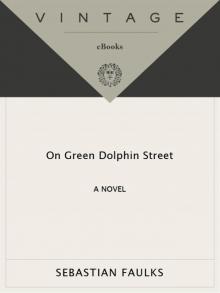 On Green Dolphin Street
On Green Dolphin Street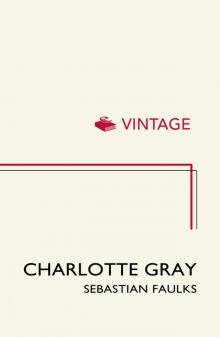 Charlotte Gray
Charlotte Gray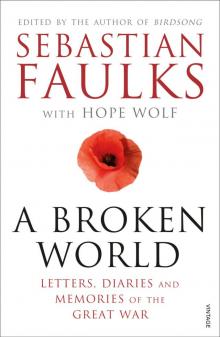 A Broken World: Letters, Diaries and Memories of the Great War
A Broken World: Letters, Diaries and Memories of the Great War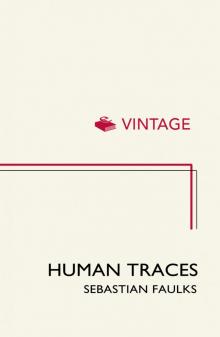 Human Traces
Human Traces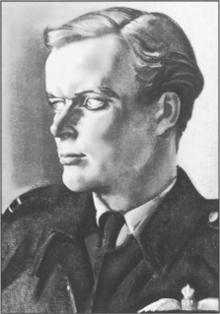 The Fatal Englishman
The Fatal Englishman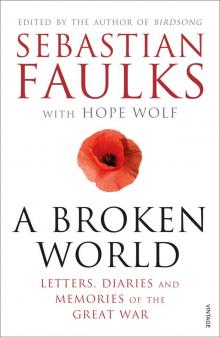 A Broken World
A Broken World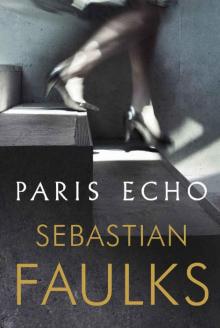 Paris Echo
Paris Echo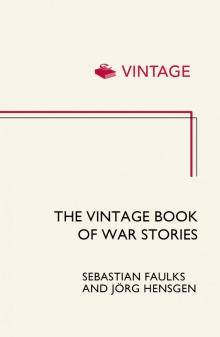 War Stories
War Stories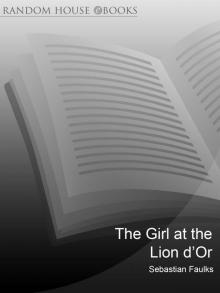 Girl At the Lion d'Or
Girl At the Lion d'Or